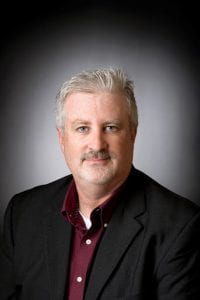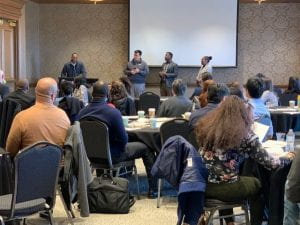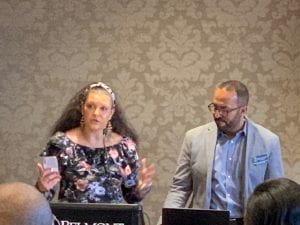The Teaching Center will offer summer reading groups again this year. To sign up for a group, email the Teaching Center (teachingcenter@belmont.edu) with the title(s) of the book(s) you are interested in reading. You are welcome to sign up for more than one group.
Please reply by Friday, April 17 so that we have adequate time to determine which books have sufficient interest to form a group. Also include your general availability from Maymester through the second summer session.
Finally, indicate whether you would be interested if the group meets online instead of in-person. We will arrange for a brief planning meeting with your group in late April so that group members can decide on dates, locations and times the group will meet.
Here is a list of the book titles being offered:
- Little Fires Everywhere (2018) by Celeste Ng
- The Woman’s Hour: The Great Fight to Win the Vote (2019) by Elaine Weiss
- The Second Mountain: The Quest for a Moral Life (2019) by David Brooks
- Robot-Proof: Higher Education in the Age of Artificial Intelligence (2018) by Joseph Aoun
- The Water Dancer (2019) by Ta-Nehisi Coates
- Originals: How Non-conformists Move the World (2016) by Adam Grant
- What Our Stories Teach Us: A Guide to Critical Reflection for College Faculty (2012) by Linda Shadiow


